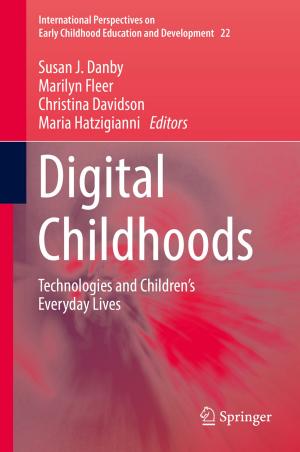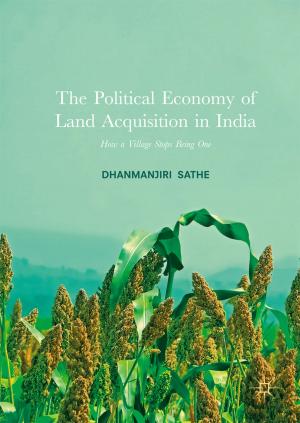Building Resilient Neighbourhoods in Singapore
The Convergence of Policies, Research and Practice
Nonfiction, Social & Cultural Studies, Political Science, Politics, City Planning & Urban Development, Science & Nature, Science, Biological Sciences, Environmental Science, Nature| Author: | ISBN: | 9789811370489 | |
| Publisher: | Springer Singapore | Publication: | March 28, 2019 |
| Imprint: | Springer | Language: | English |
| Author: | |
| ISBN: | 9789811370489 |
| Publisher: | Springer Singapore |
| Publication: | March 28, 2019 |
| Imprint: | Springer |
| Language: | English |
This book examines how institutional and environmental features in neighbourhoods can contribute to social resilience, highlighting the related socio-demographic issues, as well as the infrastructure, planning, design and policies issues. It is divided into three themes – infrastructure, planning, and community. Infrastructure examines how physical features such as parks and street patterns influence neighborliness and resilience, while planning studies how urban design enhances social interactions. Lastly, community discusses policies that can forge social bonds, either through racial integration, grassroots activities, or social service. Overall, the book combines research and empirical work with scholarly models of resilience and governance philosophy, focusing on Singapore’s urban planning and social policies.
This book examines how institutional and environmental features in neighbourhoods can contribute to social resilience, highlighting the related socio-demographic issues, as well as the infrastructure, planning, design and policies issues. It is divided into three themes – infrastructure, planning, and community. Infrastructure examines how physical features such as parks and street patterns influence neighborliness and resilience, while planning studies how urban design enhances social interactions. Lastly, community discusses policies that can forge social bonds, either through racial integration, grassroots activities, or social service. Overall, the book combines research and empirical work with scholarly models of resilience and governance philosophy, focusing on Singapore’s urban planning and social policies.















